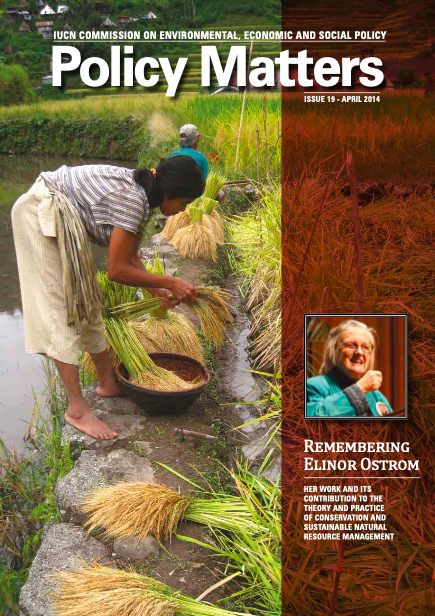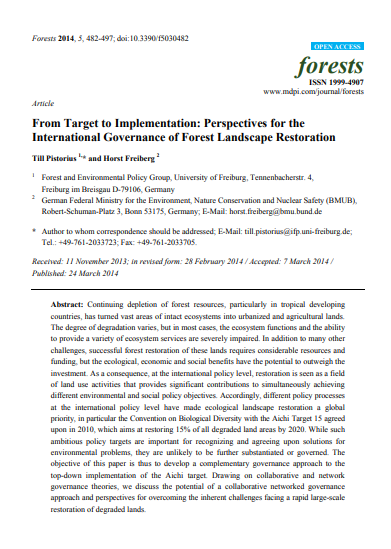Using Forests to Enhance Resilience to Climate Change : What Do We Know About How Forests Can Contribute to Adaptation?
The global dialogue surrounding the
United Nations framework convention for climate change has
focused on two strategies for addressing challenges
associated with climate change: (1) mitigation (reducing the
accumulation of greenhouse gases (GHG) in the atmosphere);
and (2) adaptation (reducing the vulnerability of societies
and ecosystems to the impacts of climate change). Forests
feature in both of these strategies. The role of forests as





